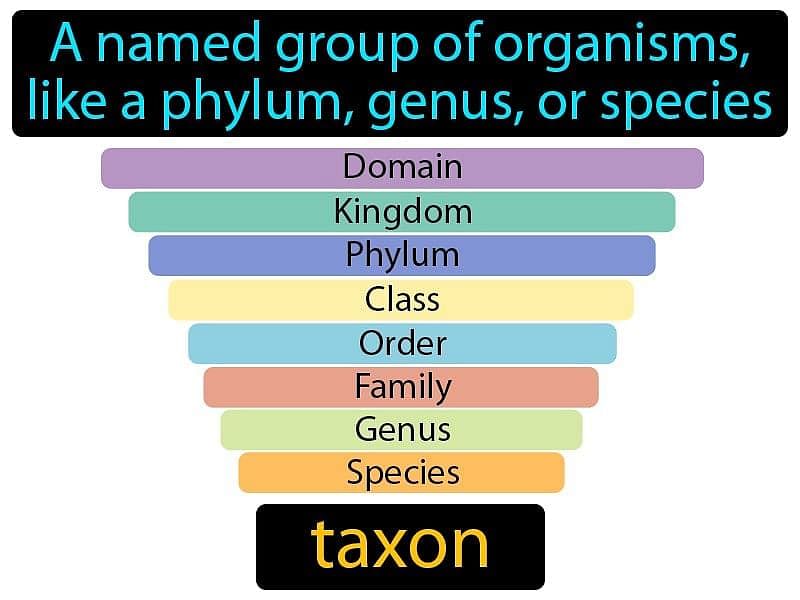NEET Exam > NEET Tests > Biology Class 11 > Test: Diversity in the Living World (NCERT) - NEET MCQ
Test: Diversity in the Living World (NCERT) - NEET MCQ
Test Description
10 Questions MCQ Test Biology Class 11 - Test: Diversity in the Living World (NCERT)
Test: Diversity in the Living World (NCERT) for NEET 2024 is part of Biology Class 11 preparation. The Test: Diversity in the Living World (NCERT) questions and answers have been
prepared according to the NEET exam syllabus.The Test: Diversity in the Living World (NCERT) MCQs are made for NEET 2024 Exam. Find important
definitions, questions, notes, meanings, examples, exercises, MCQs and online tests for Test: Diversity in the Living World (NCERT) below.
Solutions of Test: Diversity in the Living World (NCERT) questions in English are available as part of our Biology Class 11 for NEET & Test: Diversity in the Living World (NCERT) solutions in
Hindi for Biology Class 11 course. Download more important topics, notes, lectures and mock
test series for NEET Exam by signing up for free. Attempt Test: Diversity in the Living World (NCERT) | 10 questions in 10 minutes | Mock test for NEET preparation | Free important questions MCQ to study Biology Class 11 for NEET Exam | Download free PDF with solutions
Test: Diversity in the Living World (NCERT) - Question 1
______ is the branch of science dealing with identification, nomenclature and classification of organisms.
Detailed Solution for Test: Diversity in the Living World (NCERT) - Question 1
Test: Diversity in the Living World (NCERT) - Question 2
Select the correctly written botanical/zoological name.
Detailed Solution for Test: Diversity in the Living World (NCERT) - Question 2
| 1 Crore+ students have signed up on EduRev. Have you? Download the App |
Detailed Solution for Test: Diversity in the Living World (NCERT) - Question 3
Test: Diversity in the Living World (NCERT) - Question 4
Classification systems have many advantages. Which of the following is not a goal of biological classification?
Detailed Solution for Test: Diversity in the Living World (NCERT) - Question 4
Test: Diversity in the Living World (NCERT) - Question 5
Most names in biological nomenclature of living organism are taken from which language?
Detailed Solution for Test: Diversity in the Living World (NCERT) - Question 5
Detailed Solution for Test: Diversity in the Living World (NCERT) - Question 6
Detailed Solution for Test: Diversity in the Living World (NCERT) - Question 7
Test: Diversity in the Living World (NCERT) - Question 8
Linnaean system of classification was based on
Detailed Solution for Test: Diversity in the Living World (NCERT) - Question 8
Test: Diversity in the Living World (NCERT) - Question 9
Higher the category……. is the …...of determining the relationship to other taxa at the same level.
Detailed Solution for Test: Diversity in the Living World (NCERT) - Question 9
Test: Diversity in the Living World (NCERT) - Question 10
Which of the following correctly identifies the taxonomic rank of "Homo" in the scientific name "Homo sapiens"?
Detailed Solution for Test: Diversity in the Living World (NCERT) - Question 10
|
182 videos|365 docs|153 tests
|
Information about Test: Diversity in the Living World (NCERT) Page
In this test you can find the Exam questions for Test: Diversity in the Living World (NCERT) solved & explained in the simplest way possible.
Besides giving Questions and answers for Test: Diversity in the Living World (NCERT), EduRev gives you an ample number of Online tests for practice


















